To capture stunning cat photography, it’s crucial to understand the behavior and personality of your feline subject. Cats are curious, playful, and sometimes elusive creatures. Observing their routines and familiarizing yourself with their personalities can help you anticipate their actions and capture those perfect shots. Patience and observation are key ingredients in understanding your furry model’s demeanor.
Mastering the Art of Timing
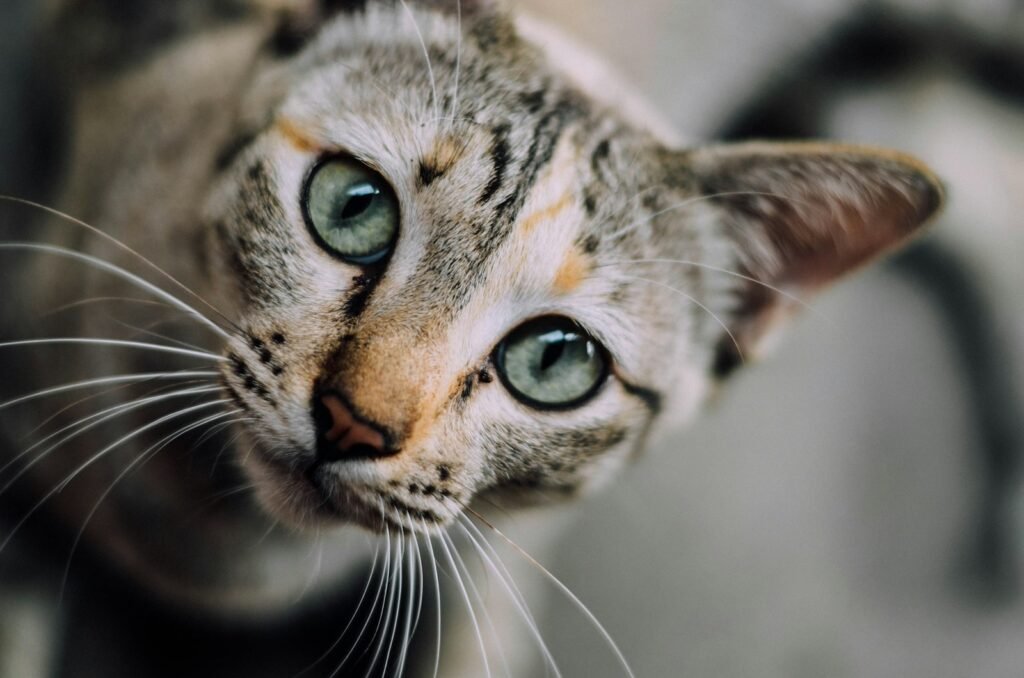
Timing is everything in cat photography. Cats have a mind of their own and rarely stick to a script. Therefore, being ready to snap a photo at any moment is vital. Understanding the different feline moods – playful, sleepy, curious, or alert – can help you prepare for the right moment. Remember, spontaneous photos often turn out to be the most captivating, highlighting the essence of your cat’s personality.
Choosing the Right Equipment
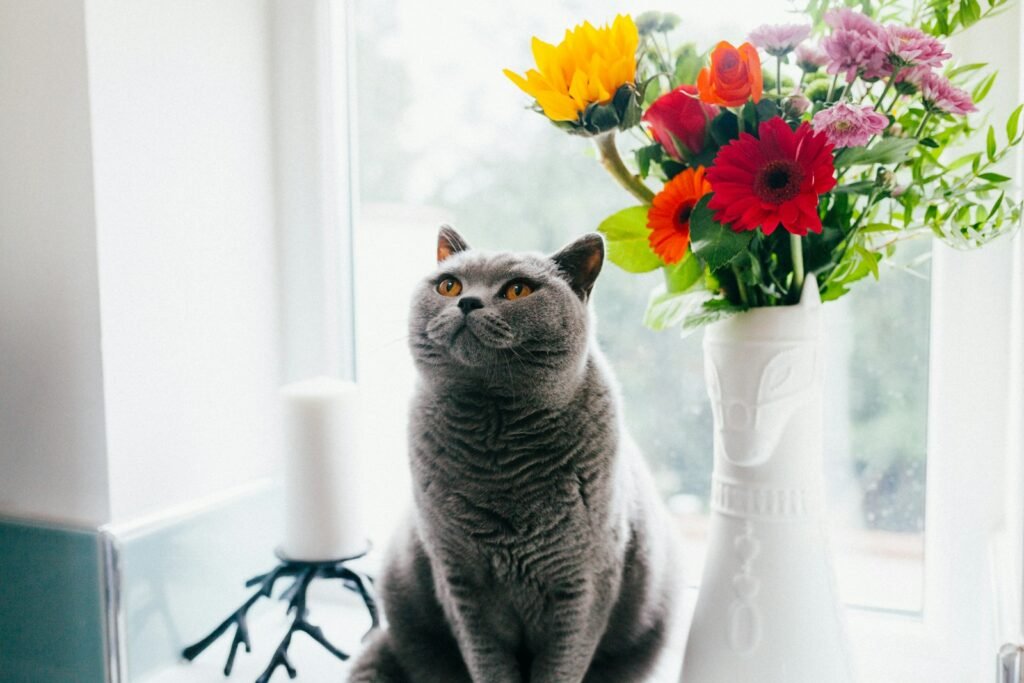
Having the appropriate equipment can significantly enhance your cat photography. A DSLR or mirrorless camera with a fast shutter speed allows you to capture quick movements. Additionally, investing in a good lens, such as a 50mm or 85mm prime lens, can help create stunning depth of field, bringing focus to your cat and blurring out any distracting backgrounds. Don’t forget a tripod if you’re shooting in low light to prevent any blurriness from shaky hands.
Setting the Scene
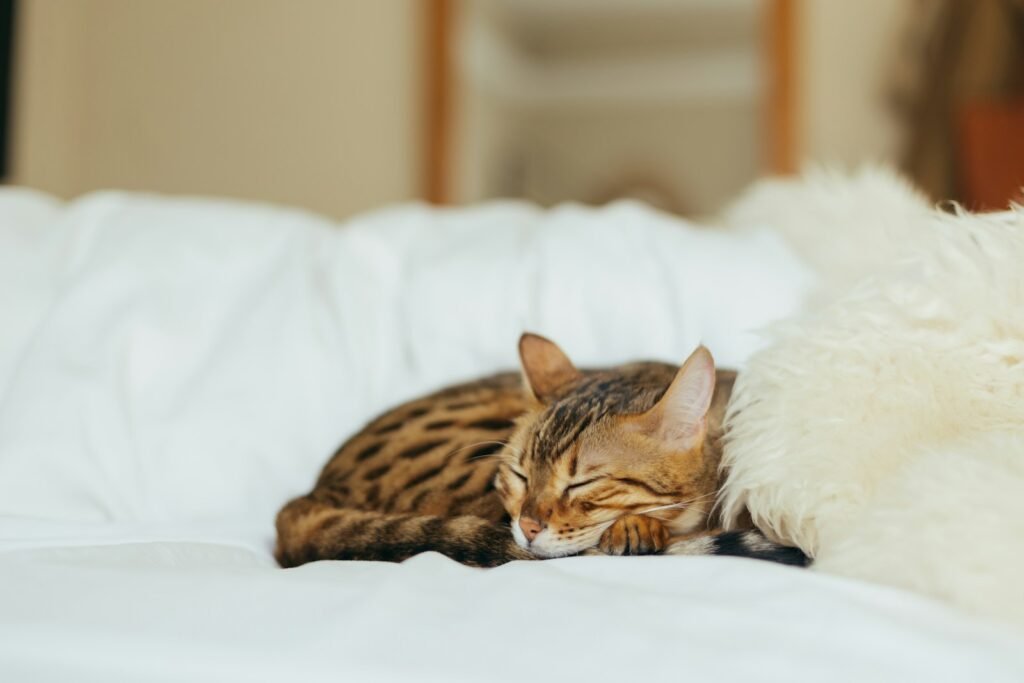
Creating a comfortable and visually appealing setting is essential for capturing stunning photos. Cats feel more relaxed and exhibit natural behavior in familiar surroundings. Incorporating their favorite toys, blankets, or treats can create a candid atmosphere. Pay attention to backgrounds and eliminate clutter which can distract from the main focus – your cat.
Utilizing Natural Light
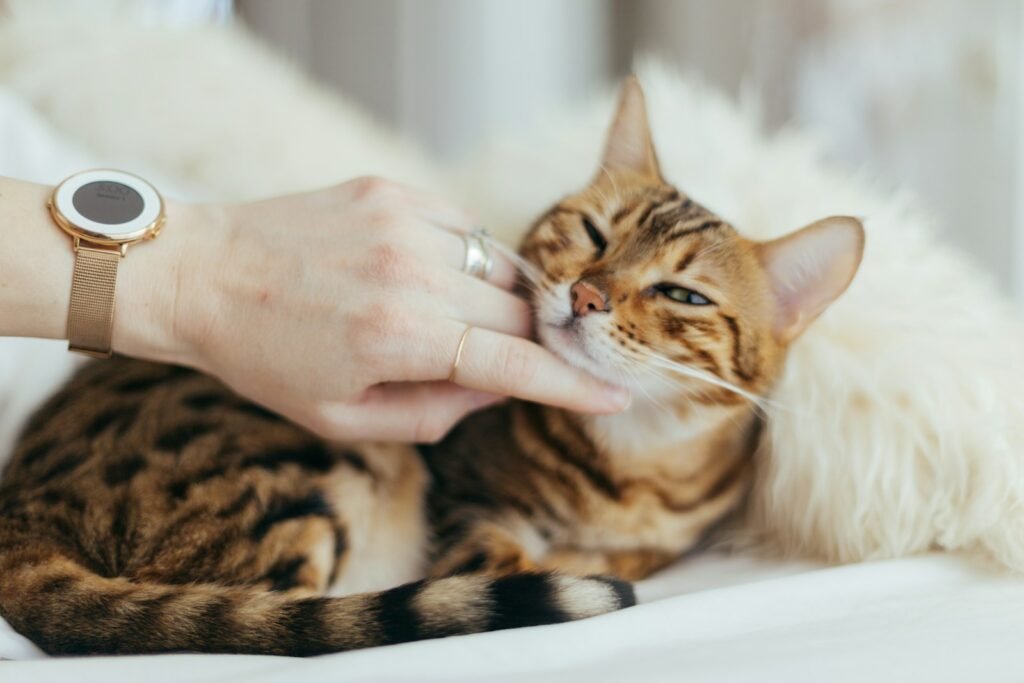
Natural light is your best friend when photographing cats. It provides soft, even lighting, reducing harsh shadows and bright spots that can occur with artificial light. Shoot near a window during the day to take advantage of the diffused light. Avoid direct sunlight, as it can cause unwanted glare and make your cat squint, disrupting the natural look of the photo.
Experimenting with Angles and Perspectives

Capturing unique angles can transform an ordinary photo into an extraordinary one. Try getting down to your cat’s level for an eye-to-eye view that emphasizes your subject’s eyes and expressions. Alternatively, experiment with overhead shots or wide angles to incorporate more of the background. Play around with different perspectives to see what captures your cat’s personality the best.
Focusing on the Eyes
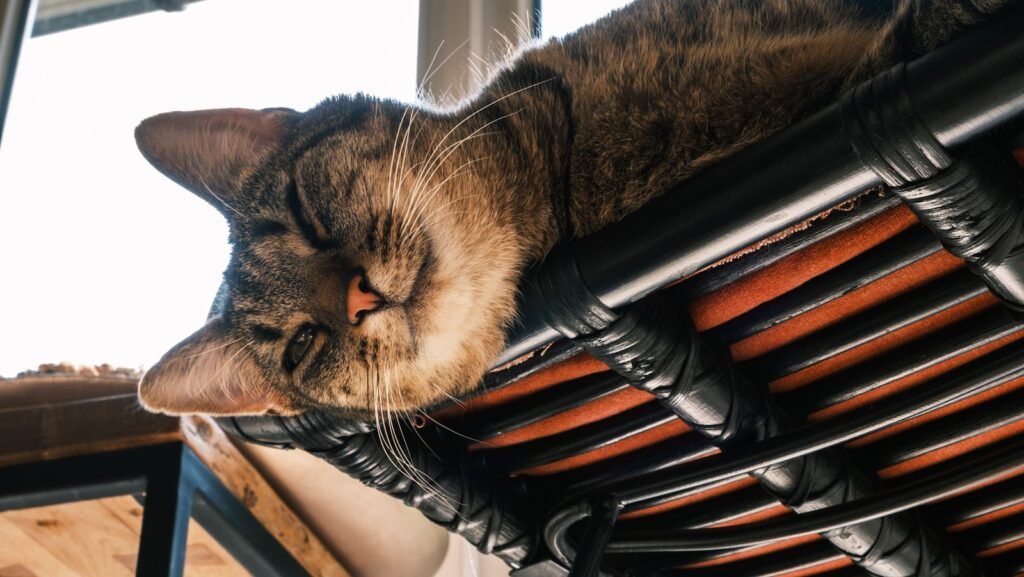
The eyes are the window to the soul, and this is especially true in cat photography. Ensure that the eyes are in sharp focus to captivate viewers and highlight your cat’s emotions. Use a wide aperture to create a shallow depth of field, drawing attention to your cat’s face and leaving the background softly blurred.
Post-Processing Magic

Once you’ve captured your photos, some post-processing can elevate them to professional standards. Basic adjustments like correcting the exposure, enhancing contrast, and cropping can improve the composition. Additionally, photo editing software can help enhance colors and sharpen details to highlight your cat’s features. However, remember to keep it subtle to maintain a natural appearance.
Capturing Action Shots

Cats are agile creatures known for their playful antics. Capturing them in motion requires skill and timing. Use a fast shutter speed to freeze the action, and shoot in burst mode to increase the chances of getting the perfect shot. Focus on your cat’s eyes or face while they are leaping or playing to ensure the main subject remains the point of interest.
Adding a Personal Touch
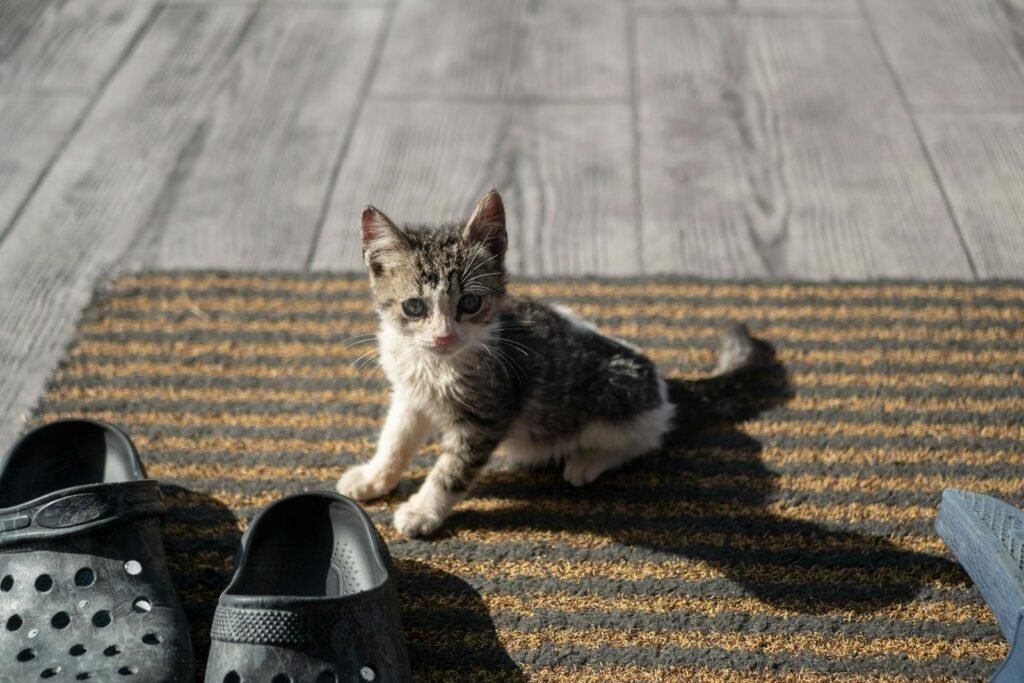
Infuse your cat photography with a personal touch to convey a narrative or emotion. Use props like their favorite toys, or capture them in places that highlight their unique quirks. Every cat has its own personality; portraying these traits can create a deeper connection with the viewer. Personalized photos stand out because of their authenticity and storytelling power.
Staying Patient and Persistent

Photography, especially with cats, requires a high degree of patience and persistence. Cats are independent creatures and may not always cooperate as desired. Stay calm, keep the camera ready, and be prepared to spend time trying to get that perfect shot. Remember, patience often leads to the most rewarding and stunning photography outcomes.
Hi, I’m Bola, a passionate writer and creative strategist with a knack for crafting compelling content that educates, inspires, and connects. Over the years, I’ve honed my skills across various writing fields, including content creation, copywriting, online course development, and video scriptwriting.
When I’m not at my desk, you’ll find me exploring new ideas, reading books, or brainstorming creative ways to solve challenges. I believe that words have the power to transform, and I’m here to help you leverage that power for success.
Thanks for stopping by, Keep coming to this website to checkout new articles form me. You’d always love it!






